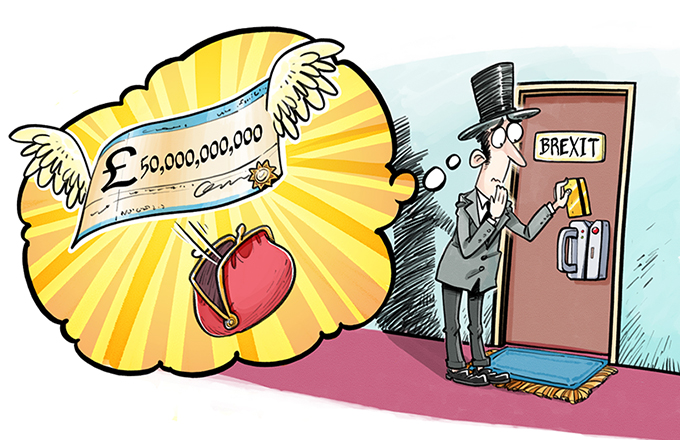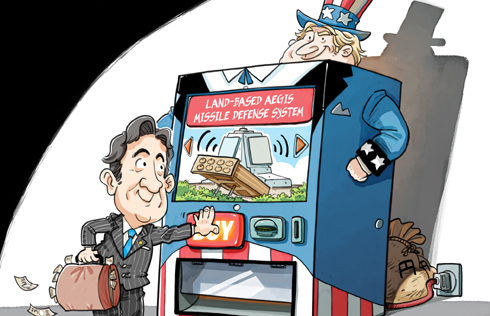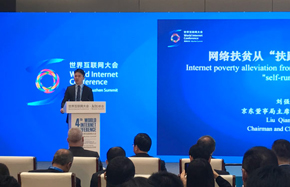EU takes a bad trade gamble against US
The start of negotiations for a free-trade agreement between the European Union and the United States - officially called the Transatlantic Trade and Investment Partnership (TTIP) - marks a key turning point for the EU and world trade. It also reinforces both sides' shift away from multilateral trade policy in recent years. That might be the right move for America, but it could spell serious trouble for Europe.
Over the past half century, the EU, which represents only 7 percent of the global population, has managed to maintain an exceptionally strong trade position, despite the rise of emerging markets like China. So, while the US and Japan have seen their respective shares of global exports fall, the EU's share has remained stable, at around 20 percent.
Indeed, EU trade power contrasts sharply with the perception of a weakened Europe. Most important, Europe was able to achieve it only by investing heavily in a multilateral trade system through the GATT and then the World Trade Organization.
And yet, while the EU owes much to the multilateral trade system, since 2006, it, too, has shifted to bilateralism, scoring its biggest successes with free-trade agreements with Latin America and South Korea. An agreement with Canada is now within reach (though bilateral negotiations with India seem to have stalled, probably because the Indians do not believe that a free trade agreement would help them much).
Officially, the EU considers a bilateral approach to trade to be perfectly compatible with a return to multilateralism. But the facts belie this.
First, it is clear that bilateralism is growing as multilateralism wanes. Since 2008, when the WTO's Doha Round of global free-trade talks collapsed, the Europeans have proved unable to bring the US, China and India back to the multilateral negotiating table. More important, they evidently have given up trying. This is reflected in the EU's reluctance to press emerging countries to become parties to the WTO's multilateral Agreement on Government Procurement, as if it has accepted that this issue can be resolved only bilaterally.
Moreover, since 2008, US trade policy has deliberately abandoned multilateralism in order to pursue containment of China via a two-pronged strategy: the planned Trans-Pacific Partnership (TPP) and the TTIP. The reason for this change is simple: The US no longer has the power to set the rules of the global trade system, but it considers itself strong enough to work around them.
The EU partly shares America's strategic objective here, because it, too, has grievances against emerging powers in terms of market access, compliance with intellectual property rights, access to government procurement and subsidies to state companies. But Europe must avoid alignment with this new and narrow US trade focus for several reasons.
First, Europe does not have an Asian strategy or TPP equivalent. Granted, an agreement between the EU and Japan would be very beneficial to Europe and would diminish America's advantages in Asia. But if the US concludes the TPP before the Europeans secure an agreement with Japan, the Japanese government's bargaining power vis-a-vis the EU would automatically increase. In this sense, for both the US and Europe, agreement with Japan will be the key measure of bilateralism's success or failure.
Second, and more fundamentally, the US is a political-military power in addition to being an economic power. As a result, its partners' trade calculus will always be shaped by strategic considerations, which are not a factor for them when dealing with Europe.



















